If you’re looking to try yoga for the first time, it might be less intimidating to try a few yoga videos at home before going to a yoga studio. In fact, Beachbody created its at-home yoga program, 3 Week Yoga Retreat, just for that reason! But before you dive into doing a full yoga video, it may also be helpful to get familiar with the most common yoga poses to learn proper form before starting your first yoga class. This way, you’re more likely to prevent injury and you won’t feel completely lost during a yoga session. Take a look at the yoga videos below to master 15 common yoga poses and begin to build the foundation of your yoga practice.
Why Is Form Important in Yoga?
Like any sport, yoga requires a specific understanding of technique. It takes focus and attention to set up a yoga pose correctly, work within the pose, and then safely move out of it. Yoga instructors typically use the term “alignment” when referring to form. Correct alignment is when your bones are stacked and stable. This prevents injury because the muscles are working with the bone structure, rather than being pulled too much in one direction or another. When the muscles and bones are in correct alignment, you can typically go deeper into the pose without fear of injury, breathe more deeply, and receive more benefits from the posture. The 15 yoga videos for beginners below will help you achieve proper alignment in each pose so you can start feeling like a yoga pro in no time.
16 Free Yoga Videos for Beginners
We’ve selected yoga videos for some of the most common poses you’ll encounter in a yoga class. Each pose has an English name and a Sanskrit name—in these videos you may hear just one name, or both. The first nine poses collectively comprise the yoga sequence Sun Salutation A, which is a set sequence of postures often found at the beginning of a yoga class intended to warm up the body.
Yoga Poses of Sun Salutation A:
1. Mountain Pose (Tadasana)
2. Forward Fold (Uttanasana)
3. Half Lift (Ardha Uttanasansa)
4. Plank Pose (Kumbhakasana)
5. Low Plank Pose (Chaturanga Dandasana)
6a. Cobra Pose (Bhujangasana) or 6b. Upward Dog Pose (Urdhva Mukha Svanasana)
7. Downward Facing Dog Pose (Adho Mukha Svanasana)
8. Forward Fold (Uttanasana)
9. Mountain Pose (Tadasana)
7 Standing Yoga Poses:
The second set of yoga videos are all standing poses. Some of them are slightly more difficult than those found in Sun Salutation A, but even a beginner can master these poses with practice. The standing yoga poses include:
1. Tree Pose (Vrksasana)
2. Triangle Pose (Trikonasana)
3. Chair Pose (Utkatasana)
4. Warrior 1 (Virabhadrasana 1)
5. Warrior 2 (Virabhadrasana 2)
6. Reverse Warrior (Viparita Virabhadrasana)
7. Extended Side Angle (Utthita Parsvakonasana)
Sun Salutation A Yoga Videos:
Set up
Stand with your big toes touching and your heels slightly apart. Let your arms hang down along the side your torso, palms facing forward. Feel your weight balanced evenly on your feet. Engage your core muscles.
Alignment
Relax your shoulders and press your shoulder blades back and down. Lift your chest up. Look straight ahead so that your chin is parallel to the mat. Align your ears over your shoulders so your neck is in a neutral position – it should not jut out forward or be pulled back.
Set up
Stand in mountain pose, with your big toes touching and your heels slightly apart.
Getting into the pose
On an inhale, raise your arms straight up above your head and bring your palms together. Bend your knees slightly, and on the exhale, hinge at your hips to fold forward, lengthening your spine the whole way down as you reach your hands for the floor. Bring either your fingertips or palms to the floor, fingers in line with your toes. Slowly straighten your legs as much as you can without straining them.
Alignment
Reach your tailbone up toward the ceiling. Engage your abdominals. Shift your weight slightly forward on your feet so your hips align over your heels.
3. How to Do Standing Half Lift Pose (Ardha Uttanasansa)
Set up
Stand in mountain pose, with your big toes touching and your heels slightly apart.
Getting into the pose
On an inhale, raise your arms straight up above your head and bring your palms together. Bend your knees slightly, and on the exhale, hinge at your hips to fold forward, lengthening your spine the whole way down as you reach for the floor. Bring either your fingertips or palms to the floor, fingers in line with your toes. Slowly straighten your legs as much as you can without straining. Shift the weight toward your toes. Straighten your arms and lift your chest away from your thighs to make a flat back.
Alignment
Lengthen your spine. Engage your abdominals. Press your shoulder blades together and down.
4. How to Do Plank Pose (Kumbhakasana)
Set Up
Start in table top position – hands and knees on the ground, back flat, wrists under your shoulders and your knees under your hips. Engage your abdominals. Press your shoulders down away from the ears.
Getting Into The Pose
Curl the toes so that the ball of your feet are pressed into the mat. Look toward the front edge of the mat. Step your feet back and straighten both legs behind you as you straighten your arms (this should be like the top of a push-up). Feet are hip distance apart.
Alignment
Bring your shoulders, hips, and heels into a straight line (imagine that there is a straight line from your head to heels). Keep your shoulders over your wrists. Engage your abdominals. Press your palms into the ground to engage your triceps and biceps. Press your shoulder blades down the back, and lengthen your sternum forward to keep your chest open. Look toward the front of the mat.
5. How to do Low Plank Pose (Chaturanga Dandasana)
Set up
Begin in plank pose: shoulders over your wrists, hips in line with your shoulders, and legs straight behind you. Look at the floor, a few inches past the mat to keep your neck long.
Getting into the pose
On an inhale, shift your body forward slightly until your shoulders are a few inches in front of the wrists. Engage your core, and on an exhale, slowly bend your elbows keeping them close to your sides. Come half way down, bringing the elbows to 90 degrees above the wrists, and hold.
Alignment
Shoulders, elbows, and hips are at the same height. Press your shoulders down and away from the ears. Engage your core. Look slightly forward.
6a. How to do Cobra Pose (Bhujangasana)
Set up
Starting in plank, slowly lower down through chaturanga to the floor. Untuck your toes so the tops of the feet are on the mat.
Getting into the pose
Place your hands on the mat under your shoulders. Keep your legs straight, and press the tops of your feet into the mat. On an inhale, press into your palms and lift your chest off the floor using your arm and back muscles. (Only lift your chest to a height that avoids pinching your lower back.) Keep your elbows tucked in to your sides.
Alignment
Keep a slight bend in your elbows. Open your chest and press your shoulder blades down the back away from your ears. Don’t crunch your lower back – it should feel lengthened. Engage your leg muscles by keeping them straight and pressed into the floor.
6b. How to do Upward Dog Pose (Urdhva Mukha Svanasana)
Set up
Starting in plank, slowly lower down through chaturanga to the floor. Untuck your toes so the tops of the feet are on the mat.
Getting into the pose
Place your hands under you shoulders. Keep your legs straight, and press the tops of your feet into the mat. On an inhale, press into your palms, straighten your arms, and lift your chest up. Keep your legs straight and press into the tops of your feet, lifting the kneecaps and thighs up from the floor.
Alignment
Shoulders are directly over your wrists. Open your chest and press your shoulder blades down the back to lift the chest higher. Look straight ahead.
Set up
Start with your hands and knees on the mat. Place your knees directly below your hips, and your wrists a couple inches forward of your shoulders. Have your finger tips pointed toward the front of the mat and spread your fingers wide apart.
Getting into the pose
On an inhale, tuck your toes so the balls of your feet are on the mat. On an exhale, lift your hips up to the ceiling so that you’re in an upside down “V” position. Keep your arms straight, but avoid locking your elbows. Press your shoulder blades together and down the back.
Alignment
Hands are shoulder-width distance apart and feet are hip-width distance. Look back at your toes and keep your ears in line with your arms. Press your palms into the mat and create a straight line from your wrists, to your shoulders, to your hips. Engage your core muscles. Press your heels down toward the mat (even if they don’t touch the floor) and attempt to straighten the legs without locking them.
Yoga Videos of Standing Poses
9. How to do Tree Pose (Vrksasana)
Set up
Begin in mountain pose with your hands on your hips. Shift your weight onto your left foot. Turn your right leg out so that your knee is pointed to the right.
Getting into the pose
Lift your right knee up to about hip height and use your right hand to grab your right ankle and place the sole of your foot against your left inner thigh. (If this is too difficult, place your foot below your knee, but never place it directly on your knee. Bring the palms of your hands together in a prayer position and place them in the center of your chest. Look at a non-moving spot on the ground in front of you to help keep your balance. If you feel steady, extend your arms overhead on an inhale.
Alignment
While in the pose, find balance by maintaining mountain pose alignment. Squeeze your glutes and engage your left quad muscle. Engage your abs and lengthen your spine. Keep your shoulders pressed down away from the ears. To help with balance, press your right foot into the left inner thigh with the same effort as the inner thigh presses into the foot.
10. How to Do Triangle Pose (Trikonasana)
Set up
Begin in mountain pose with your hands on your hips. Step your left foot back about three feet and place it down at a 45-degree angle, so that your left arch is in line with your right heel. Your right toes should be pointing to the front of the mat. Both legs are straight. Turn your chest to face the left side. Reach your right out in front of your body and your left arm out behind you, so that they are parallel to the mat in a “T” position with your palms facing down.
Getting into the pose
On an inhale, reach your front hand as far forward toward as you can, bringing the rib cage forward. On an exhale, hinge forward from the hip joint, reaching your right arm down and your left arm up, creating straight line up and down. Place your right fingertips either on top of your right ankle, on the floor, or on a block just outside the ankle. Extend the arms and open the chest.
Alignment
Press your back foot into the mat. Engage your thighs and your abdominals. Lengthen both sides of the body, keeping your neck in line with your spine. Press your shoulders away from the ears. Look at the floor, straight ahead, or up at your left hand.
11. How to Do Chair Pose (Utkatasana)
Set Up
Start in mountain pose with the choice of having your feet together or hip-distance apart.
Getting Into The Pose
On an inhale, raise your arms straight up above your head and bring your palms together. Shift your weight into your heels, and bend your knees to a 90-degree angle so that your thighs are parallel to the mat, as if you’re sitting in a chair. (If this is too challenging, you can do the move with a lesser bend in your knees)
Alignment
Avoid overarching the low back: tuck your tailbone and engage your abdominals. Press your shoulders blades down away from the ears and lift your chest. Reach up your arms up and keep them in line with your ears. Look at a non-moving point in front of you.
12. How to Do Warrior 1 Pose (Virabhadrasana 1)
Set up
Start in mountain pose. Step your left foot back three to four feet and place it down at a 45-degree angle, so that your back left arch is in line with your right heel. Keep your chest and hips facing forward to the front of the mat. Bend your front knee to a 90-degree angle directly over the ankle, with your toes pointing forward. Don’t bend the knee past the ankle.
Getting into the pose
Press your back foot into the ground. Lengthen your spine and engage your core. On an inhale, sweep the arms forward and up alongside the ears, palms facing each other.
Alignment
Stabilize the legs by pressing the left thigh back and pressing the left heel firmly into the mat. Square the chest and hip to the front of the mat. Keep your arms in line with your ears, engage your triceps, and press your shoulders down and away from the ears. Look forward or up toward the hands.
13. How to Do Warrior 2 Pose (Virabhadrasana 2)
Set up
Start in mountain pose. Step your left foot back three to four feet and place it down at a 45-degree angle, so that your left arch is in line with your right heel. Bend your front knee to a 90-degree angle directly over the ankle, with your toes pointing forward. Don’t bend the knee past the ankle. Square your chest and hips to the left side.
Getting into the pose
Press your left heel down firmly and engage your left thigh. Stand tall and engage your abs. On an inhale, reach your left arm back and your right arm forward, so that they are parallel to the mat in a “T” position with palms facing down.
Alignment
Look over your right fingertips. Keep your front knee in line with your second toe. Stack your shoulders directly over your hips (so your ribs are centered — not shifted forward or back). Press your shoulder blades down.
14. How to Do Reverse Warrior Pose (Viparita Virabhadrasana)
Set up
Start in warrior 2 pose: left foot is back and left leg is straight. Right knee is bent at a 90-degree angle directly over the ankle, and right toes are pointing forward. Chest and hips are squared to the left side. Your left arm is reaching back and your right arm is reaching forward, so that they are parallel to the mat in a “T” position with palms facing down.
Getting into the pose
With arms out in a “T,” flip the front palm up toward the ceiling and lift the front arm straight up to the ceiling while lowering the back hand onto the back leg (avoid pressing on your knee). As you reach your right fingertips over your head, slightly bend the elbow and reach toward the back wall.
Alignment
With your knee bent at 90 degrees, keep it stacked over your ankle and in line with the second toe. Engage your core. Press your shoulder blades down. Look to the side or toward the top palm.
15. How to Do Extended Side Angle Pose (Utthita Parsvakonasana)
Set up
Start in warrior 2 pose: left foot is back and left leg is straight. Right knee is bent at a 90-degree angle directly over the ankle, and right toes are pointing forward. Chest and hips are squared to the left side. Left arm is reaching back and right arm is reaching forward, so that they are parallel to the mat in a “T” position with palms facing down. Engage your abs.
Getting into the pose
Press your left foot down firmly into the mat. Stand tall and engage your abs. Reach your front hand as far forward toward as you can, bringing your rib cage forward. Bend your right elbow and place your right forearm onto your right thigh. Extend your left arm overhead so it reaches forward with your palm facing the floor.
Alignment
Keep a straight line from your back heel, up your leg, up your torso, up to the fingertips of your top hand. Keep your chest open to the side. Press your shoulder blades down. Look to the side or toward the top palm.
from The Beachbody Blog https://ift.tt/2KL4SVv
via
IFTTT



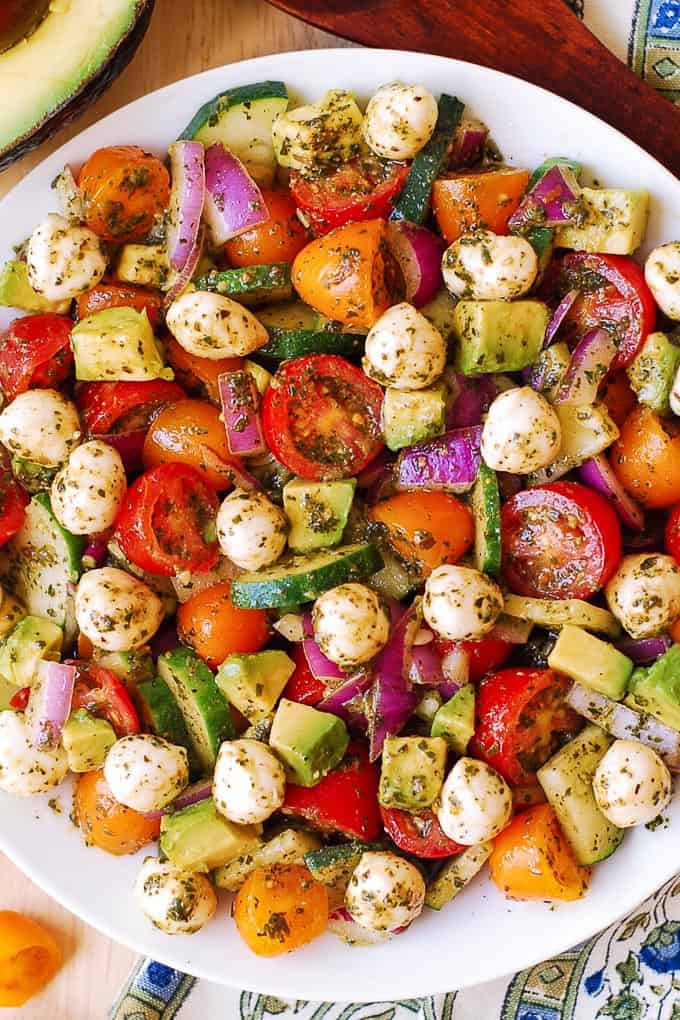
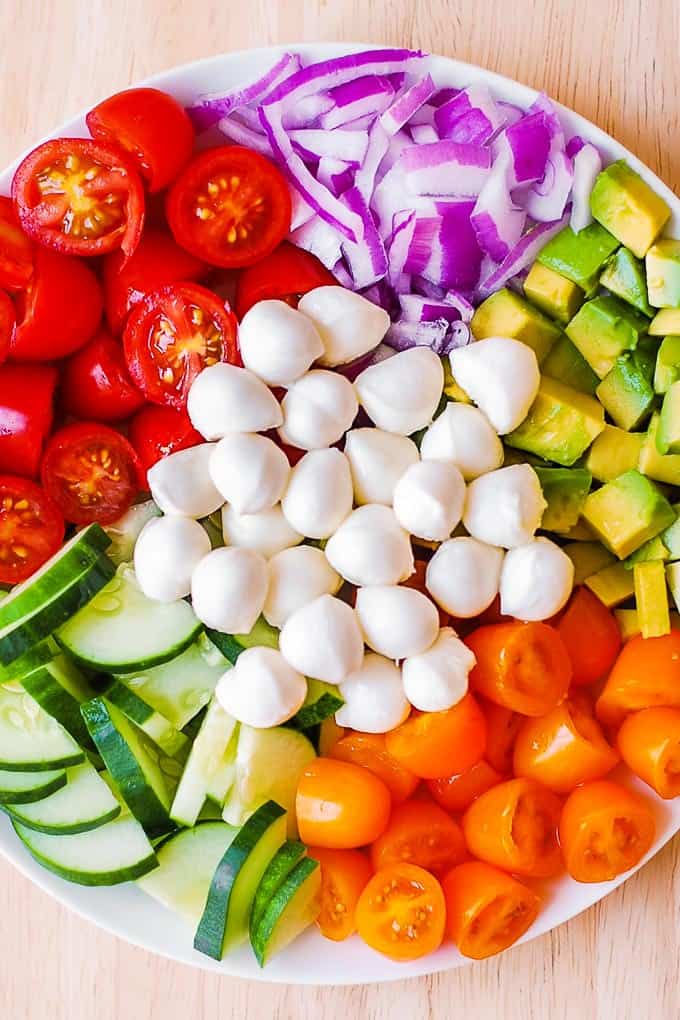

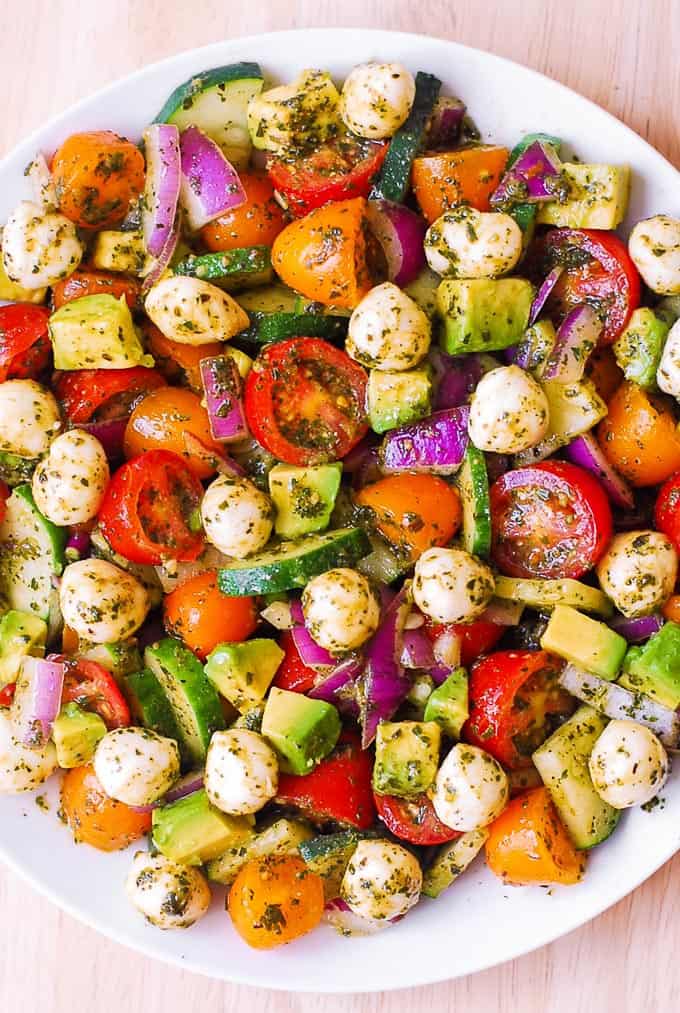
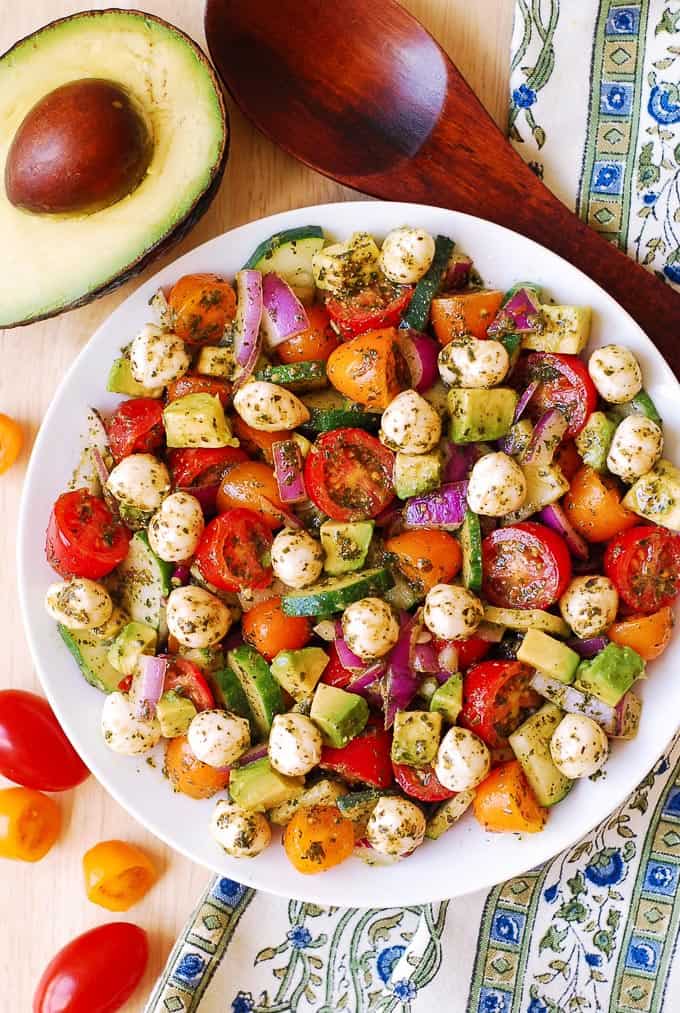

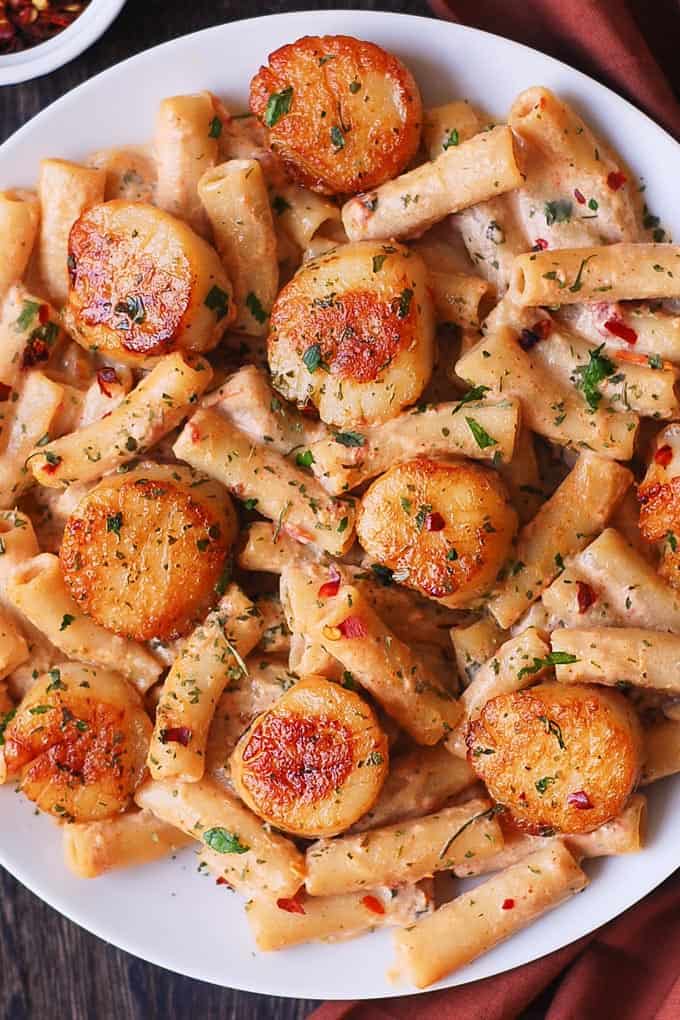




 As its name suggests, the biceps muscle has two parts, or heads (long and short). Both originate at the top edge of your shoulder blade and converge about midway down your humerus (upper arm), eventually attaching to your forearm. Stand with your palms facing forward and the long head can be found outside the short one (nerdy fact: Biceps — translated literally as ” two heads” — is the word for the single muscle. There’s no such thing as a “bicep.”)
As its name suggests, the biceps muscle has two parts, or heads (long and short). Both originate at the top edge of your shoulder blade and converge about midway down your humerus (upper arm), eventually attaching to your forearm. Stand with your palms facing forward and the long head can be found outside the short one (nerdy fact: Biceps — translated literally as ” two heads” — is the word for the single muscle. There’s no such thing as a “bicep.”)